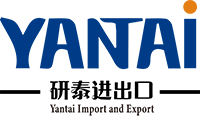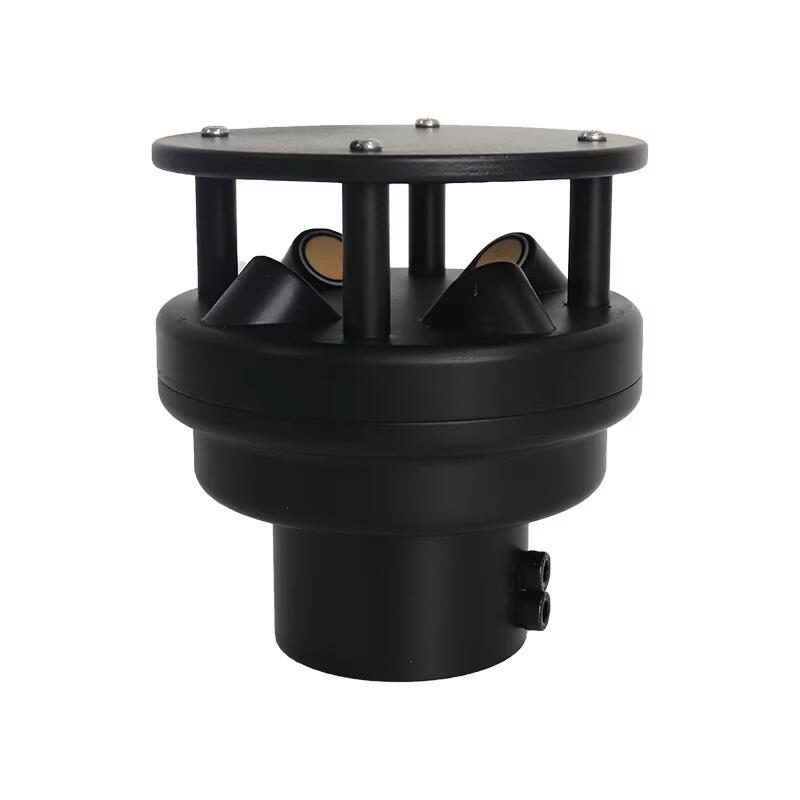In the age of precision agriculture and renewable energy optimization, precise monitoring of the environment is of vital import for the efficiency and sustainable scope of operations. Ultrasonic wind sensors among other monitoring technologies have become indispensable tools in deliveries of unmatched accuracy and reliability in wind measurement applications. These robust satellite sensors are changing the process of industry measurement and counteraction in wind patterns, offering data for smarter choices in farming and renewable energy production.
Principle of Ultrasonic Wind Sensors
Ultrasonic wind sensors operate upon a high-level elegant principle of timing ultrasonic pulse movement from one transducer to another. In contrast to the mechanical anemometers that make use of moving parts, these sensors employ high frequency sound waves to pick sensible air speed and direction with unprecedented accuracy. Other manufacturers refined this technology into three dimensional measuring, thorough wind data was achieved through examining the phase shift of ultrasonic signals. The lack of components involving mechanisms does away with friction and inertia effects enabling instantaneous response to wind changes that would confound traditional cup and vane anemometers. This inherent design strength of ultrasonic sensors confers significant value to applications that need prompt detection of microclimate variability.
Advantages of Ultrasonic Wind Sensors
Ultrasonic wind measurement advantages are far ranging beyond mere functionality. These sensors provide maintenance free operation because there are no moving parts that wear out, nor parts that require lubrication, a fact that considerably diminishes long-term ownership costs. Some of the advanced models such as these include self diagnostic features and heating materials to avoid ice build-up in adverse environments. The product of high accuracy and a large measurement range of these sensors makes them a fit for even weak atmospheric currents in the agricultural fields up to turbulent hurricane-force winds at wind farms. Some of the manufacturers have improved their design using corrosion resistance materials, enclosures that are IP-rated to endure extreme conditions to guarantee consistently reliable performance with minimal annual calibration needs.
Applications of Ultrasonic Wind Sensors in Smart Agriculture
In contemporary agricultural operations, ultrasonic wind measurements are key elements to the precision farming systems. They supply important information for optimizing the timing and orientation of pesticide application to minimize chemical drift which would affect neighbouring crops or ecosystems. Some advanced agricultural weather stations coordinate these sensors with irrigation control systems to regulate per evaporation or blow away, droplets sprayed. Some manufacturers have designed customized models for greenhouse environments where very keen monitoring of airflow guarantees perfect growing conditions and against formation of structural stress. The fast response time of the sensors is especially important to frost protection systems needing to turn wind machines on when temperature inversions occur.
Applications of Ultrasonic Wind Sensors in Renewable Energy
The renewable energy industry has adopted ultrasonic wind sensors as the integral parts of wind-solar power generation. In wind energy applications, they deliver the precise assessment of wind resources required for turbine placement and performance augmentation. Certain manufacturers provide models designed for application in wind turbine nacelles, in which they serve pitch control and yaw alignment systems for maximum energy capture. For solar farms, these sensors enable tracking wind load changes on tracking systems as well as detecting conditions under which panel stowing may be needed to avoid damage. Other sophisticated renewable energy installations utilize arrays of ultrasonic sensors to track wind patterns throughout whole facilities in order to facilitate predictive maintenance and adjustments in operations that improve both safety and productivity.
How to Select Ultrasonic Wind Sensors
Determination of the most appropriate ultrasonic wind sensor involves thoughtful consideration of a number of technical factors. The measurement range and accuracy requirements should correspond to the particular application requirement, whether gentle agricultural breezes or by contrast of harsh wind conditions at energy facilities. Some manufacturers offer sensors with various signals at the output – from a simple analogic signal to complex digital protocols that can operate harmoniously in SCADA systems. Environmental durability is another important aspect and industrial grade models have industrial strength construction for tough outdoor installations. Some specially tuned versions include the additional measurements: virtual temperature or sound velocity correction, which can be useful for the research-grade applications. The future buyers of the sensor should also assess power requirements for the sensor, communication interfaces, and suitability for operation in the current data collection infrastructure.
Conclusion
Ultrasonic wind sensors have become essential for transition to smarter agriculture, and for increased efficient renewable energy output. Their accuracy, reliability and maintenance free operation in a unique combination solves critical measurement needs in these developing industries. With the development of technology certain manufacturers combine these sensors with the IoT platforms and AI analytics and develop even more powerful tools for monitoring the environment and supporting decisions. When optimizing strategies for crop protection or maximizing clean energy output, ultrasonic wind sensors deliver the specific, real-time data contemporary operations need if they are to meet both economic and environmental sustainability needs. Their increasing rollout through these industries shows how new measurement technologies can push the world forward toward more efficient and sustainable consumption of our natural resources.

 EN
EN
 AR
AR
 BG
BG
 HR
HR
 FR
FR
 JA
JA
 KO
KO
 PT
PT
 RU
RU
 ES
ES
 ID
ID
 VI
VI
 TH
TH





